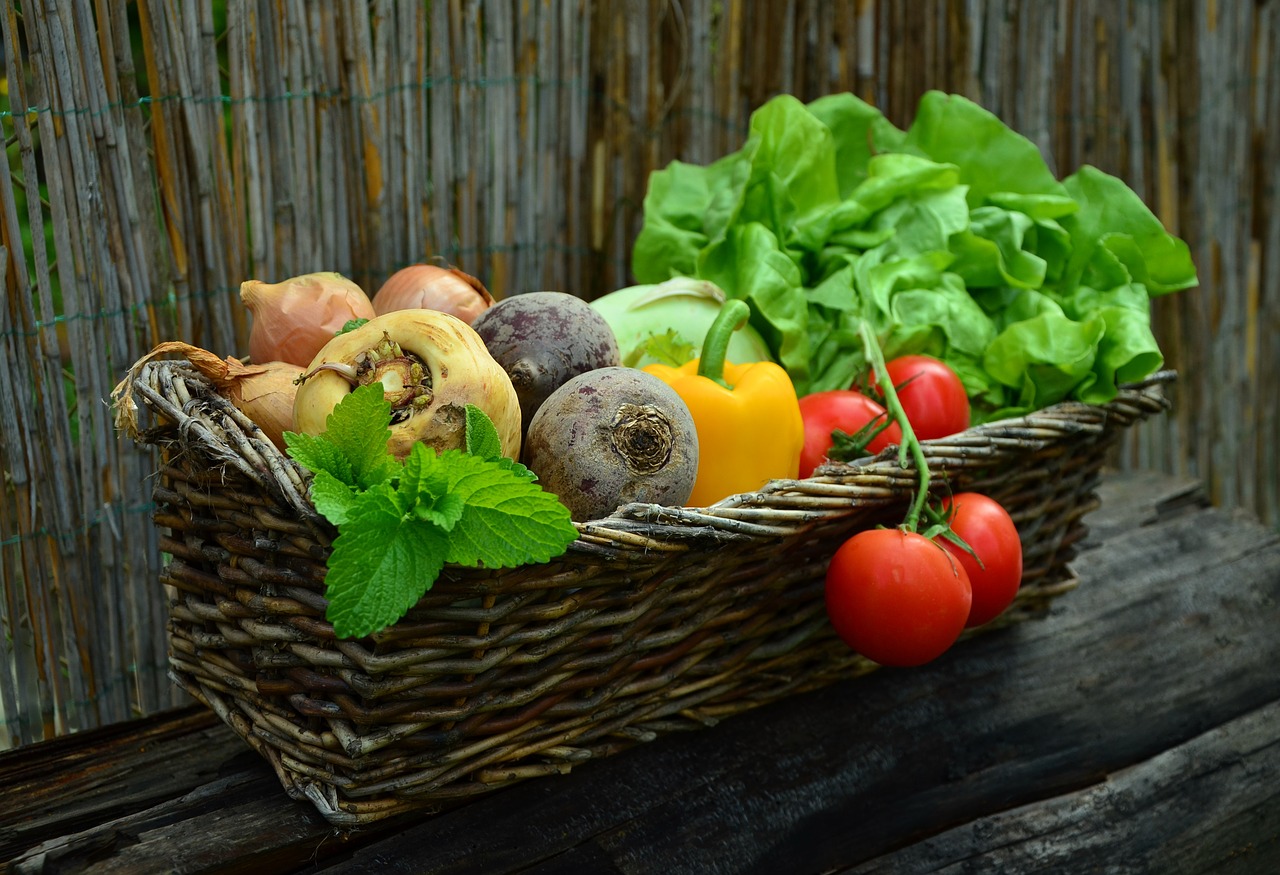The most common nutritional errors:
• We eat too fat.
• We eat too sugary.
• We eat too low in nutrients.
The motive for food intake is not always hunger, but often boredom, frustration, desire or grief. The topic of nutrition accompanies us throughout our lives: During childhood and adolescence – to become „big and strong“ in adulthood – when we realized that too much food can make you fat, in sports – to stay fit and so on continue. Also in the senior age diet is still a hot topic. Finally, the body structure changes with age at the expense of body fat and at the expense of the body cells, especially the muscle mass. So, especially in old age, the need for nutrients changes, which means that the body needs more vitamins, minerals, and omega-3 fatty acids, for example keep body functions optimally upright.
Energy needs in advanced age
The energy requirement decreases with age. This is due to the fact that the so-called active cell mass of the body is broken down. The higher the proportion of active cell mass, the better the metabolism. The combustion thus decreases in parallel with the reduction of the active cell mass in old age.
Accordingly, the calorie requirement for seniors is 15 to 20 percent lower than for 25 to 51-year-olds. The average energy requirement from the age of 51 is 1700 for ladies and 2100 kilocalories for men. Depending on their physical activity, the energy requirement may be even higher. The balance between energy supply and energy demand should always be balanced. In case of deviations, it leads either to weight gain or weight reduction.
Nutritional energy and metabolic rate
The nutritional energy is given in kilocalories (kcal) or kilojoules (kJ). With the units of measurement, the heat energy is meant (calorie = heat): 1 kilocalorie, or 4.18 joules are needed to heat 1 kilogram of water by one degree Celsius. Our body needs energy for many functions. Thus, the need for energy that the body needs for basic bodily functions (breathing, digestion, heartbeat) at rest is called basal metabolic rate. The basal metabolic rate is on average 1 kilocalorie per hour per kg of body weight. But there are also factors such as level of activity, gender, height and age, which can still change the basal metabolic rate. In addition to the basal metabolic rate, however, there is also the additional energy consumption due to physical and mental activity, the work turnover.


